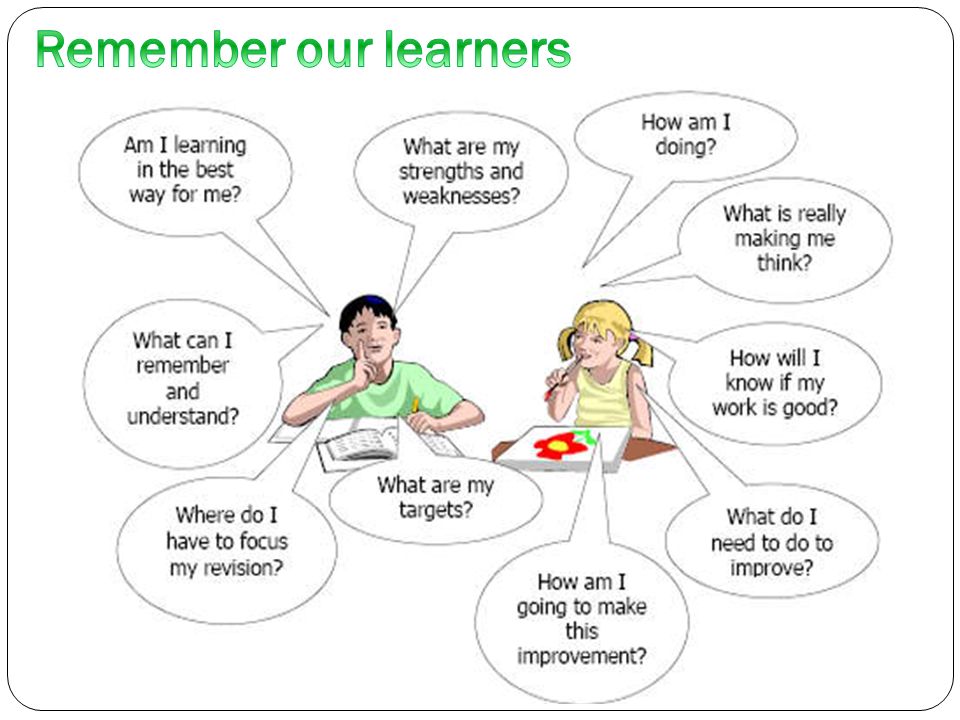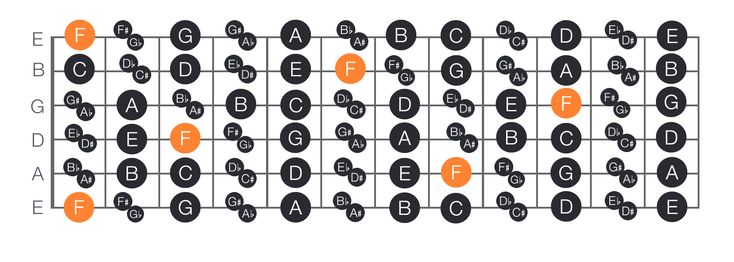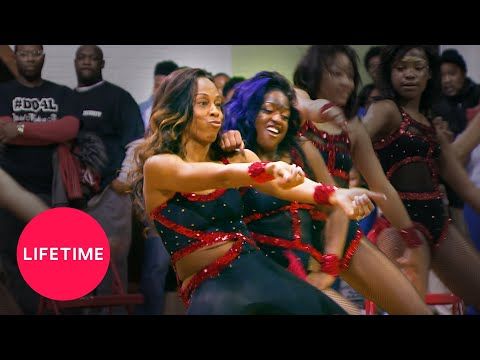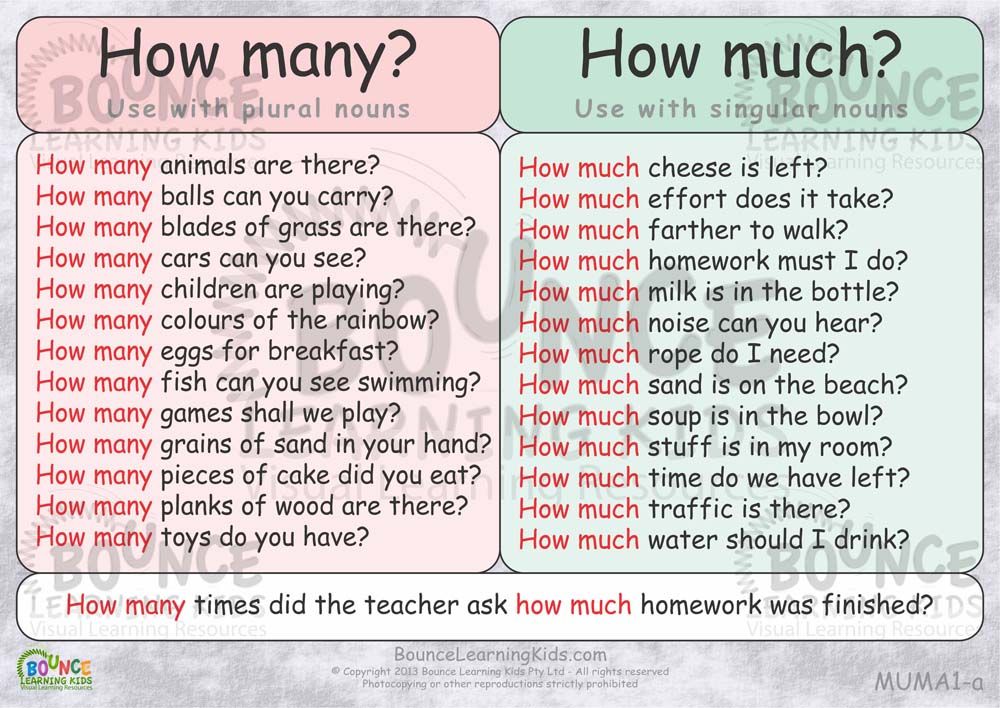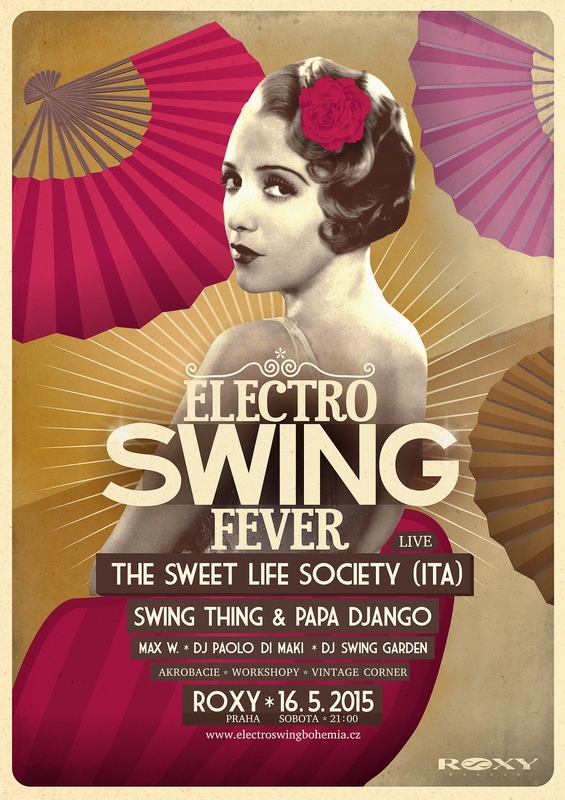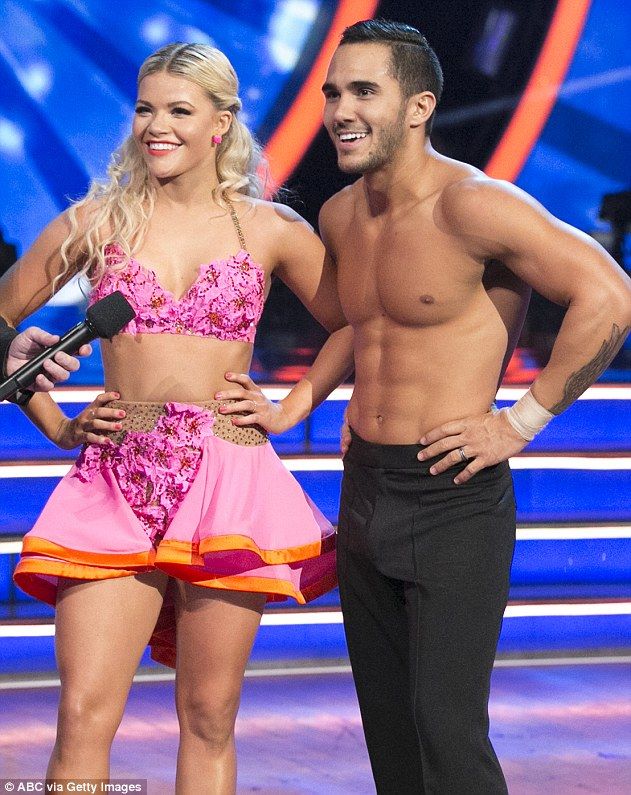How to dance the calypso
Where Did Calypso Dance And Music Come From?
A vintage photo of a Calypso dancer and a contemporary Calypso drummer.5. Overview and Characteristics of Calypso -
Calypso is a style of Afro-Caribbean music believed to have both African and European roots, and was first performed as we would recognize it today in Trinidad and Tobago. The genre developed because the African slaves who arrived in Trinidad were not allowed to speak hence they had to learn how to communicate through songs. This type of music has several characteristics such as 4/4 time with syncopation, acoustic and bass guitar or electric guitars, trump saxophones as well as a drum kit. On most occasions, this kind of music uses three-beat rhythms with two long beats followed by a short one, uses call and response with simple harmony with topical, witty, and satirical lyrics.
4. Origins -
During the 19th and 20th Centuries, several different ethnic groups established communities in Trinidad and Tobago because of the immigration there of different peoples from around the world. These different cultures included the French, Spanish, British, West African, Native American, and Asian communities. Due to the interaction all these different cultures like diverse cultures of the several African ethnic groups, the native inhabitants of Trinidad, Indian laborers and the various colonizers in the country formed a Creole culture, which is composed of a melding of English, French, African, and Spanish customs.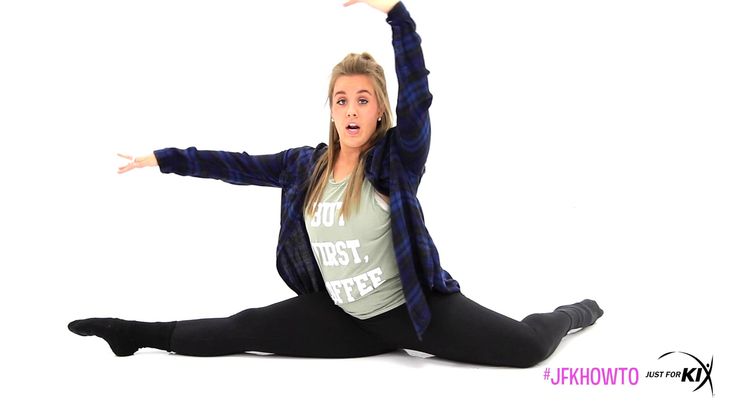
3. Spread and Development -
Over the years, the masters of these slaves changed and came from different regions of the world, and introduced traditional musical instruments to them from various places ranging from Britain and Africa. They used them as they played songs from these and other regions such as France and Spain.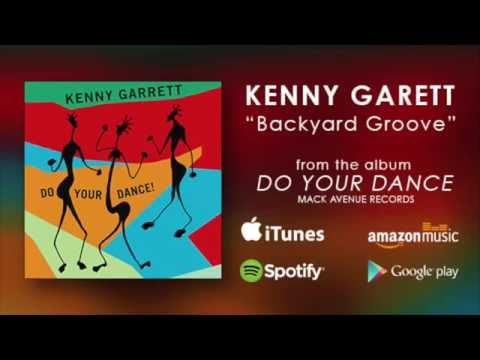 The use of different tools contributed to the development of calypso music which grew famous over the years. In the early 1900s, calypso music became well-known in other American and European colonies, and up to date, the music has managed to remain relevant. The slaves produced the harmonies and rhythms from metallic oil drums during the Second World War but advancement over the years have been made and musical instruments such as the tambourines, congas, and bongos. Steel orchestras are still being used in the modern day’s calypso music.
The use of different tools contributed to the development of calypso music which grew famous over the years. In the early 1900s, calypso music became well-known in other American and European colonies, and up to date, the music has managed to remain relevant. The slaves produced the harmonies and rhythms from metallic oil drums during the Second World War but advancement over the years have been made and musical instruments such as the tambourines, congas, and bongos. Steel orchestras are still being used in the modern day’s calypso music.
2. Notable Calypso Dancers, Past and Present -
Several notable musicians have taken up calypso music as their career, and listening to their songs give us a general idea of what this genre of music is all about. Some of them are Ajamu, Black Stalin, The Mighty Sparrow, and the Roaring Lion. Some past legendary practitioners also contributed to the rise and growth of the calypso music like the Mighty Panther and Hannibal.
Some of them are Ajamu, Black Stalin, The Mighty Sparrow, and the Roaring Lion. Some past legendary practitioners also contributed to the rise and growth of the calypso music like the Mighty Panther and Hannibal.
1. Greater Significance and Legacy -
Calypso has always served as a sort of narrative about the Caribbean way of life, such as how the song Rum and Coca-Cola discusses how natives in Trinidad sipped rum and Coca-Cola in their fishing villages. The Calypso was also used in criticism of the colonial government and was only understood by the Calypso natives thus could help them keep secrets and enable their communication when they are restricted. Calypso also allows the audience to analyze the attitude towards the particular topic at hand which allows them to draw their judgment on their own. Calypso music is useful in communicating criticisms which cannot be talked about on daily basis because it could be offensive or sound blunt.
The Calypso was also used in criticism of the colonial government and was only understood by the Calypso natives thus could help them keep secrets and enable their communication when they are restricted. Calypso also allows the audience to analyze the attitude towards the particular topic at hand which allows them to draw their judgment on their own. Calypso music is useful in communicating criticisms which cannot be talked about on daily basis because it could be offensive or sound blunt.
Kenneth Kimutai too in Society
1 2 3 Calypso Line Dance
Info: Intro 24 counts start on the word Calypso after the three Short beats
Sequence: A – B – A - B – A – B – B 16 Count Is Ending
Part A: 64 counts
A1: Toe Heel, Toe Heel ½ Turn Left, Step Forward, Close beside, Shuffle Back,
1-2RF. Step toe forward - RF. Step heel down
Step toe forward - RF. Step heel down
3-4LF. ½ turn left step toe forward – LF. Step heel down
5-6RF. Step forward – LF. Close beside RF
7&8RF. Step back – LF. Close beside - RF. Step Back (6.00)
A2: Syncopated Rock Steps, Point R, Point L, Look left, Step Down
1&2&LF. Rock to left side – RF. Recover – LF. Cross rock over RF - RF. Recover
3&4LF. Rock to left side - RF. Recover - LF. Cross rock over RF
5&6RF. Point to right side – RF. Close beside LF – LF. Point to left side
7-8Move head ¼ turn and look left - LF. Put heel down with ¼ turn left (3.00)
A3: Rock Step, Recover, ¾ Triple Step, Rock, Rock Step, Out Out, Step Back
1-2RF.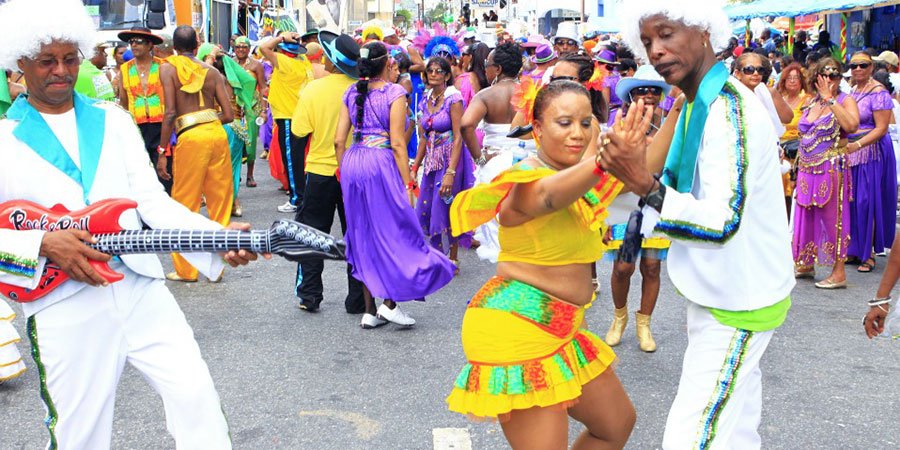 Rock forward - LF. Recover
Rock forward - LF. Recover
3&4¾ triple turn right R-L-R (take weight on RF) (12.00)
5-6LF. Rock Forward – RF. Recover
&7-8LF. Travel back and Step out - RF. Step out – LF. Step back (12.00)
A4: Coaster step, ¼ Diamond, Step Back,1/8 turn L Step To Left side, Step Fwd, Kickball Step L
1&2RF. Step back– LF. Close beside RF - RF. Step forward
3&4LF. Cross over RF - RF. 1/8 turn left and step back – LF. Step back (10.30)
5&6RF. Step back - LF. 1/8 turn left step to left side – RF. Step forward (9.00)
7&8LF. Kick forward – LF Step on Ball beside RF – RF. Step forward
A5: Cross Samba L, Cross Samba R, Rock Step, Recover, Shuffle ½ Turn L
1&2LF. Cross over RF - RF. Step to right side- LF. Step to Left side (traveling light fwd)
Cross over RF - RF. Step to right side- LF. Step to Left side (traveling light fwd)
3&4RF. Cross over LF - LF. Step to right side- RF. Step to Left side (traveling light fwd)
5-6LF. Rock fwd - RF. Recover
7&8LF. ¼ L step to left side – RF. Close beside LF - LF. ¼ L step forward (3.00)
A6: ¼ Turn L, Cross Shuffle, ¼ Turn Left x 2, Cross Samba
1-2RF. Step forward – LF. Recover with ¼ turn left
3&4RF.Cross over LF - LF. Step to left – RF. Cross over LF
5-6LF. ¼ turn right step back –RF. ¼ turn right step to right side
7&8LF. Cross over RF – RF. Step to right – LF. Step to left side (6.00)
A7: Mambo Step x 2, Rock Step, Recover, Close Beside, Step Back, Step Back
1&2RF. Rock over LF - LF. Recover – RF. Step to right
Rock over LF - LF. Recover – RF. Step to right
3&4LF. Rock over RF - RF. Recover – LF. Step to right
5-6RF. Rock forward – LF. Recover
&7-8RF. Close beside LF - LF. Step back - RF. Step back (6.00)
A8: ½ Turn L, ¼ Turn L, ¼ Sailor Step, Cross, Point, Cross Samba
1-2LF. ½ turn left step forward - RF. ¼ turn left step to left side (9.00)
3&4LF. ¼ turn left cross behind RF - RF. Step to right – LF. Step to left
5-6RF. Cross over LF – LF. Point to left side
7&8LF. Cross over RF – RF step to right – LF. Step to Left (6.00)
Part B: 32 counts
B1: Out Out, Heel Swivels x 2, Shuffle Back, Shuffle Half Turn,
1-2RF.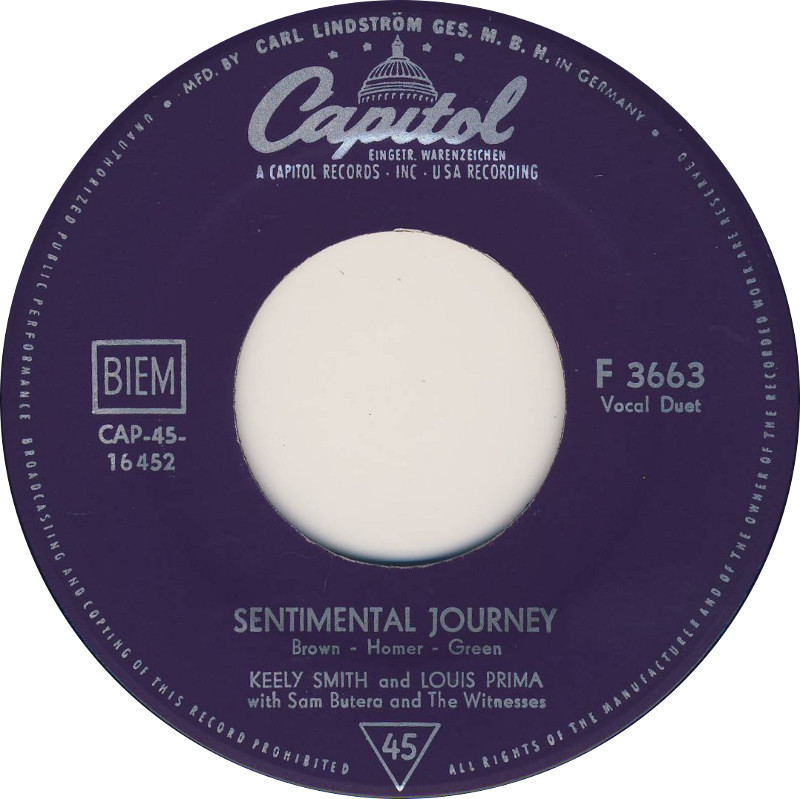 Step out right side - LF. Step out left side
Step out right side - LF. Step out left side
&3&4RF. Swivel heel in – RF. Back to centre – LF. Swivel heel in – LF.Back to centre
5&6RF. Step back – LF. Step beside RF – RF. Step back
7&8LF. ¼ turn left step to left side – RF. Close beside LF - LF. ¼ turn left step forward
B2: Side Dip, Side Touch, Side Dip, Touch Beside, Kick Ball Cross, ¼ Turn L x 2
1-2RF. Step to right and dip down – LF. Straight up and point to left side
3-4LF. Take weight and dip down - RF. Straight up and touch LF beside RF & snap fingers right hand
5&6RF. Kick forward – RF. Step beside LF – LF. Cross over RF
7-8RF. ¼ left step back - LF. ¼ left step forward
B3 + B4: Repeat This 16 counts to finish part B
B 16 Count Ending is: Finish on 12. 00 o Clock After The Kickball Cross (Don’t do count 7-8)
00 o Clock After The Kickball Cross (Don’t do count 7-8)
Caribbean Dancing: Calypso
17
+17
0
| Folk dances
Dances of the peoples of the world
Calypso - dance of the Caribbean
Dances such as reggae, meringue, salsa, compass, zouk, soca and calypso were born on the islands in the Caribbean. Remarkably, for almost all dances in this region - they have fast, explosive and live music. Calypso is a dance that expresses social protest, especially during carnivals. Another thing to note about Caribbean dances is that it is easy to notice the rhythm of African drums in them. nine0004
The name "Calypso" is believed to come from classical mythology. Calypso is the name of a sea nymph in ancient Greek myths that kept Odysseus on the island of Ogygia for seven years. You can draw an analogy that the black slaves, among whom this dance was born, also kept the anger that they poured out in the dance for years.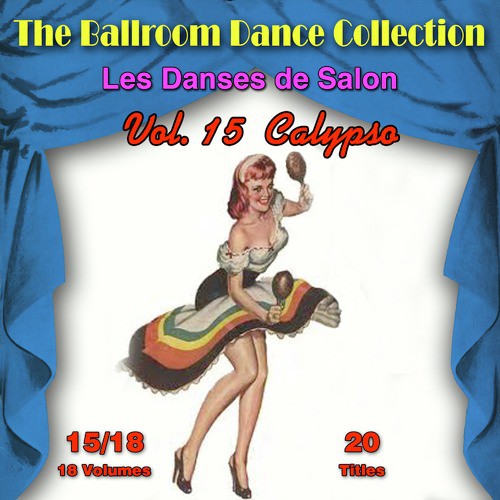
Calypso - dance of passion
Calypso and Limbo were born in Trinidad and Tobago. Once upon a time, women were forbidden to play and dance calypso, but at present there is no such discrimination. Trinidad and Tobago is only seven miles from Venezuela. The population of Trinidad is a mixture of people of French, Dutch, Spanish, English and African descent. Tobago is inhabited mainly by people of African descent. The song and dance of the calypso are two of the main features of the Caribbean Carnival, which begins in Trinidad two days before Ash Wednesday (the first day of Lent in the Western Christian calendar) at 5pm sharp. Calypso's subject matter can be offensive, critical, or constructive and intellectual. nine0004
Calypso - slave protest dance
Calypso is closely associated with a black period in Trinidad's troubled history. French planters came to Trinidad in the late 18th century, bringing with them African slaves. During this time, attempts were made to ban folk musical instruments, and efforts were made by the authorities to ban or at least control the annual carnival. However, the slaves were eventually allowed to dance on Saturdays and Sundays.
However, the slaves were eventually allowed to dance on Saturdays and Sundays.
Calypso - dance to African drums
The plantation owners watched these dances with great suspicion, knowing that plans for rebellion might be discussed at such meetings. Some argued that dancing on Sundays was blasphemous, but the dancing of the slaves continued nonetheless. It is worth noting that the society was outraged by the movements of the pelvis of the calypso dancers, it was considered indecent. Although it was recommended that the slaves be taught the minuet, which is a much more restrained dance, this never happened.
Calypso grew out of censorship and social conflict - it is the fruit of the protest of African slaves, diluted with a Caribbean incendiary character.
Caribbean, calypso, drums, Africa
Share a link
Comments
Blog tags
Find a tag:
Follow @4dancing
4dancing
Small Mosaic
large mosaic
Group of modern dance "Calipso" - from 6 years
G
Modern Dance Group "Calipso"
Head -Sivakova Anna Alekseevna
Shears of her dance activity began with the began dance activities of the beginning early age in the children's studio. At 19In 1996 she graduated from the exemplary choreographic studio "Rodnik".
Since 2000, she has been engaged in modern choreography in the areas of Hip-Hop, RnB, House, Jazz Funk. Since 2008 - instructor of group programs in the Federation of Fitness Aerobics of Russia. Compiled author's programs in the disciplines: Aerobic (aerobics), Zumba (Zumba), Pilates (Pilates), Fitball (Training with a fitball), Stretching / Flex (Stretching, stretching), which allow you to achieve maximum results in a short time.
In 2015 she graduated from the choreographic department of the Moscow State Institute of Culture. Currently, she regularly improves her skills at seminars, master classes of creative workshops of leading domestic and foreign choreographers, as well as at advanced training courses.
Anna Sivakova, being the founder and leader of the contemporary dance group "Calypso", combines the work of a teacher - choreographer of modern dance in the children's choreographic studio "Ovation" and the exemplary group "Choreographic Studio "Phoenix". Her performances annually win prizes. In 2016 The Master and Margarita act won the best director's work at the Art Wave festival. Teaching experience over 10 years. nine0004
Calypso contemporary dance group 6+
Calypso contemporary dance group was founded in 2008.
The main activities of the group are the study of the technique of performing such areas of street dance as:
- hip-hop,
- jazz-funk,
street dance, etc.
